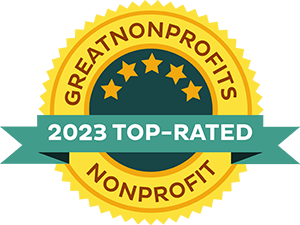By Stephanie Kistner, Education & Programs Associate
Working in the field of arts education, and advocating for arts education on a daily basis, we come across buzzwords that people often use when calling for more arts, and more arts in our schools. Last year, we kept coming across the following six phrases that got teachers, parents, and administrators excited about arts education:
- The Creative Economy
- The Creative Workforce
- 21st Century Skills
- Arts and Cognition
- S.T.E.A.M.
- Arts Integration
So, what exactly do these words mean, and why is everyone so excited about them?
Did you know that 1 in 8 jobs in Los Angeles is supported by the creative economy and the economic impact of the creative economy in Los Angeles and Orange County is $201.1 billion[1]? Yes, billion! The creative economy refers to jobs in the fashion industry, entertainment, the visual and performing arts, home furnishings, and toys. Sounds like fun careers! — Careers that would be difficult for people to pursue if they were never exposed to the arts in school.
When talking about 21st century skills, advocates comment on the creative thinking and problem solving skills that are necessary in order for people to compete in today’s creative workforce. Business executives have been quoted as saying that the most important skill they look for in job candidates is creativity. Today’s employers in ALL fields: technology, engineering, science, medicine, and on and on are in need of workers who know how to innovate, communicate and collaborate; all skills that the arts help instill in students!
In other exciting news, research being conducted by cognitive neuroscientists has pointed to positive correlations between the arts and cognition, including increased student verbal skills, memory, and spatial reasoning. The arts are powerful!
S.T.E.A.M. is a movement to put the Arts into S.T.E.M., an initiative promoted by President Obama to put more Science, Technology, Engineering and Math into our schools. S.T.E.A.M. calls for the arts to be recognized as a core subject alongside math and science, and also encourages the use of arts integration to aid in teaching other core academic subject areas. For example, drama can be used to increase student reading comprehension, and music can be used to teach math concepts.
October is National Arts & Humanities Month; Americans across the nation are celebrating the arts, and the importance of culture in their lives, by attending cultural events, visiting museums, and advocating for more arts education in classrooms. Now that you know what the buzz is all about, help us spread the word and advocate for more arts education, this month, and every month!
Happy National Arts & Humanities Month and happy advocating for more arts education!
[1] “Otis Report of the Creative Economy of the Los Angeles Region.” Otis College of Art and Design. 2011.





